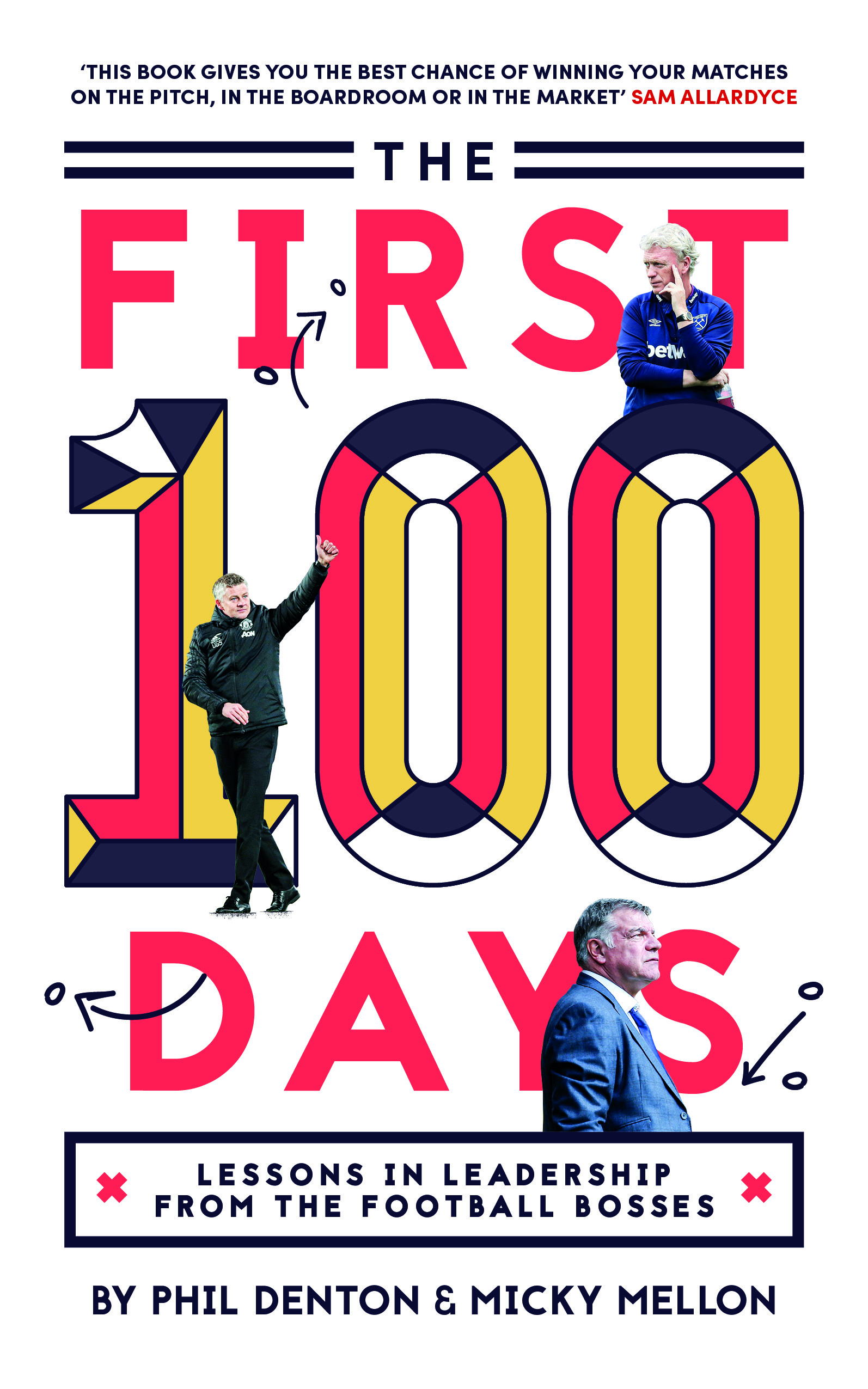


He has promised to accelerate vaccine distributions, as well as provide more financial assistance, including $2,000 in checks, to help see the country through to a post-Covid world. While the Covid-19 recession isn’t nearly as dire as the situation in 1933, Biden’s job will also be to restore confidence. Confidence was restored, and stocks began to recover, although it would be years before equities and businesses fully recovered from the Great Depression. The banking holiday and FDR’s speech worked: After the holiday, people lined up to put their money back into the banks. Roosevelt then went on the radio and “in the middle of everything, he gave the country a really basic primer on how banks and money work,” wrote Jacob Goldstein in “ Money.” He explained that only a small portion of your savings was actually in the bank while the rest was used to dish out loans to businesses that grow the economy.
#First hundred days series#
This so-called bank holiday was imposed to stop a series of bank runs that were destroying people’s livelihoods and deepening the economic crisis. Less than two days after his inauguration, FDR issued Proclamation 2039, which halted all banking activity for a week. Stocks began to strengthen after nearly three years of economic depression. President Roosevelt’s First 100 Daysįranklin Delano Roosevelt was inaugurated on March 4, 1933, in the depths of the Great Depression. To get a rough sense of how Biden’s debut compares to the historical record, Forbes Advisor looked back at the first 100 days of six past presidents and the lessons you can learn from them.

Nevertheless, it’s still too early to know what issues will define Biden’s presidency. “Indeed, the S&P 500 has risen 8.6% through April 28, posting the second strongest 100-day return of first-term presidential administrations since WWII, but well above the average of 1.9% since 1949.”

“Since January 20, if the stock market’s performance is any indication, Wall Street appears to approve of President Biden’s attempts to corral the Covid-19 virus and stimulate the economy,” said research firm CFRA chief investment strategist Sam Stovall. Biden’s Tax Plans For His First 100 Days: His Stimulus Tax Proposals Are Just The Beginningĭespite these worries, though, investors have spent Biden’s first 100 days enjoying the benefits of compounding returns.Is Medicare For All A Possibility Under Xavier Becerra?.Will Biden’s CFPB Regain Its Edge In A Post-Trump Era?.Who Is Janet Yellen? What You Need To Know About Biden’s Treasury Secretary.Biden Unveils $1.8 Trillion American Families Plan.He’s also facing growing worries on both Wall Street and Main Street as those trillions of dollars, along with the Federal Reserve’s easy money policy, set the stage for a potential repeat of 1970s-style inflation. President Biden’s next 100 days will be marked by tense negotiations over trillions more in federal spending to improve the nation’s infrastructure and combat poverty, as well as tax hikes on corporations and the richest Americans to help pay for those priorities. Within weeks, a narrow Democratic majority in both chambers of Congress passed a nearly $1.9 trillion stimulus, which included additional direct payments directly to American bank accounts. Yet by the time Biden took the oath of office, the vaccination effort was underway and speculative assets were getting bid up on Wall Street. President Joe Biden had a first 100 days unlike any in recent history.īiden prevailed in the bitter 2020 election with the United States mired in pandemic and recession, with thousands dying daily of Covid-19 and millions out of work.


 0 kommentar(er)
0 kommentar(er)
